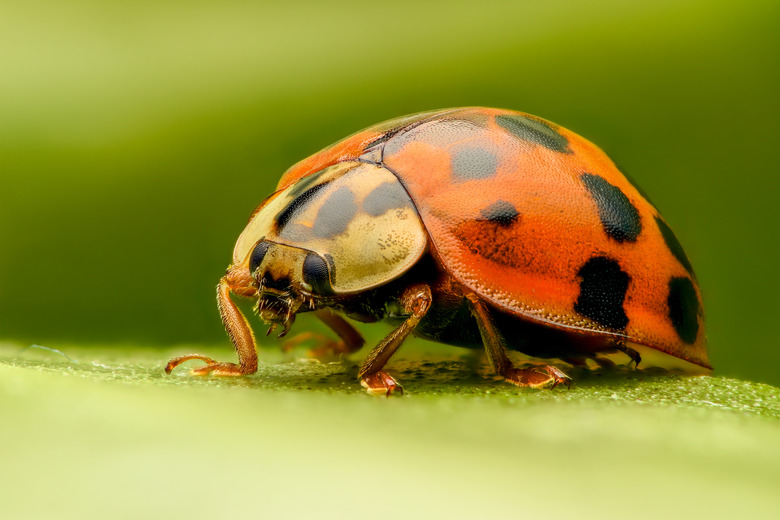Advantages And Disadvantages Of Quadrat Use
Many researchers prefer studying plants and animals in their natural habitats without disturbing them. However, ranges are often too large for a team of researchers to adequately study. Quadrats are randomly distributed plots that allow researchers to collect data and use it to make assumptions about the entire study area or the studied species.
TL;DR (Too Long; Didn't Read)
Quadrats are easy to use, inexpensive and suitable for studying plants, slow-moving animals and faster-moving animals with a small range. However, they require the researcher to perform the work in the field and, without care, are prone to study errors.
Study Design
Study Design
Quadrats allow researchers to study plant and animal populations spread out over large areas. They are inexpensive, relatively easy to design and adaptable for studying unevenly distributed populations. Quadrats work well for observing changes to whole populations over time, including distribution patterns, nesting and overall health.
Some study techniques do not work with quadrats, however. For example, capture-recapture techniques that allow researchers to study individual animals do not work with quadrats because even slow-moving animals can move out of the study boundaries between sample periods.
Study Populations
Study Populations
Plants, slow-moving animals and faster-moving animals with a small range (like insects) are ideally suited for quadrat studies. For example, ants move fairly quickly but always organize around a stationary ant hill. Quadrats are useful for studying both the distribution of ant hills within a larger area and ant behavior within the sample area.
Quadrat sampling is not useful for studying very fast-moving animals who will not stay within the quadrat boundaries. In general, quadrat sampling is less harmful to most species when compared with other methods- so long as the study occurs in the field. Some animals may experience harm if the scientist collects the population within the quadrat rather than studying it in the field.
Ease of Use
Ease of Use
Compared to other sampling methods, quadrats are relatively simple to use. Quadrat plots are uniform in size and shape and distributed randomly throughout the sample area, which makes the study design straightforward. They are also one of the most affordable techniques because they require very few materials. Quadrat sampling can be physically demanding, however, since researchers usually count the individuals within each plot in the field.
Study Errors
Study Errors
Despite the relative ease of designing quadrat studies, it is possible to introduce errors into a project. Quadrats that are too large, too small or spaced inappropriately often result in errors. For example, larger species require larger plots. Randomly spaced quadrats that are too small might miss too many individuals, resulting in under-representative estimates of population size. Researchers who are inconsistent when counting or omit species that lie only partially within the boundaries may also introduce errors.
Cite This Article
MLA
Glass, Meredyth. "Advantages And Disadvantages Of Quadrat Use" sciencing.com, https://www.sciencing.com/advantages-disadvantages-quadrat-use-8713298/. 21 May 2018.
APA
Glass, Meredyth. (2018, May 21). Advantages And Disadvantages Of Quadrat Use. sciencing.com. Retrieved from https://www.sciencing.com/advantages-disadvantages-quadrat-use-8713298/
Chicago
Glass, Meredyth. Advantages And Disadvantages Of Quadrat Use last modified March 24, 2022. https://www.sciencing.com/advantages-disadvantages-quadrat-use-8713298/
